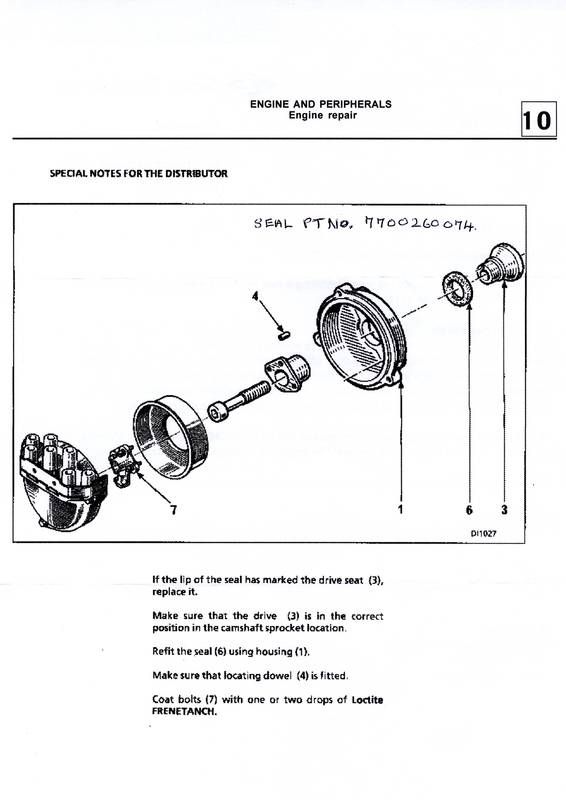paulrob100 wrote: .......... I was really surprised to find the inside of the cap & rotor arm both really wet. The car is always garaged & i replaced the cap & rotor about a year ago.
Paul, can I refer you to a post on this subject that I wrote quite a while ago about my theory on this subject. Rather than you having to look for it, I reproduce it below rather than just posting a link. It was in response to another members question on this subject ........ I hope this is of interest to you.
Jon K wrote:....I had the same thing recently with my cap and rotor. It seems to be a common problem with moisture in there.
The quote above seems to be a regular feature for these turbos, and there have been other threads refering to the same problem. In my humble opinion, to me, it is not a fault of the cap or rotor. Various makes of caps have been used, and still the problem reoccures.
My money is on the seal behind the rotor. If you think about it, the lip seal is made of a flexable neopreen type material which could have been in position for some 20 odd years in one of hottest areas on the engine (with heat rising) so over time I suspect it has lost its flexability. Further more, when an engine is started from cold, condensation forms within the engine, (crank case and all) and with the possibility of worn rings from high milage, crank pressure can be high. Put all that together and I would put money on that as being where the condensation is getting into the cap, being forced through the seal by the crank case pressure. There was also a pic recently of oil deposites in the cap which clearly came from a worn seal.... I noted that the owner was going to change the seal because of the oil. But I still feel that condensation, being less viscose, could well pass by the seal, especially when the engine is cold, without there being any trace of oil.
If it were me, considering the above, I would be looking to replace the seal at my earliesr convenience...... they cant be too expensive, and if it cures the "condensation in the cap" problem, I would be a happy bunny.
Clearly I have not got a Turbo to play with, so I don`t know how easy or difficult it is to replace the seal, but looking at the exploded parts diagram, it should not be too bad. Perhaps someone (Clee ?) who has changed one could advise.
I have always believed that "Prevention is better than Cure".
I hope you find my thoughts interesting.

John
PS. I have just found this in the Engine manual ......

1990 GTA Atmo, 2003 Jaguar X type 2.5SE Auto, 2018 Kia Picanto GT-Line-S 1.25




